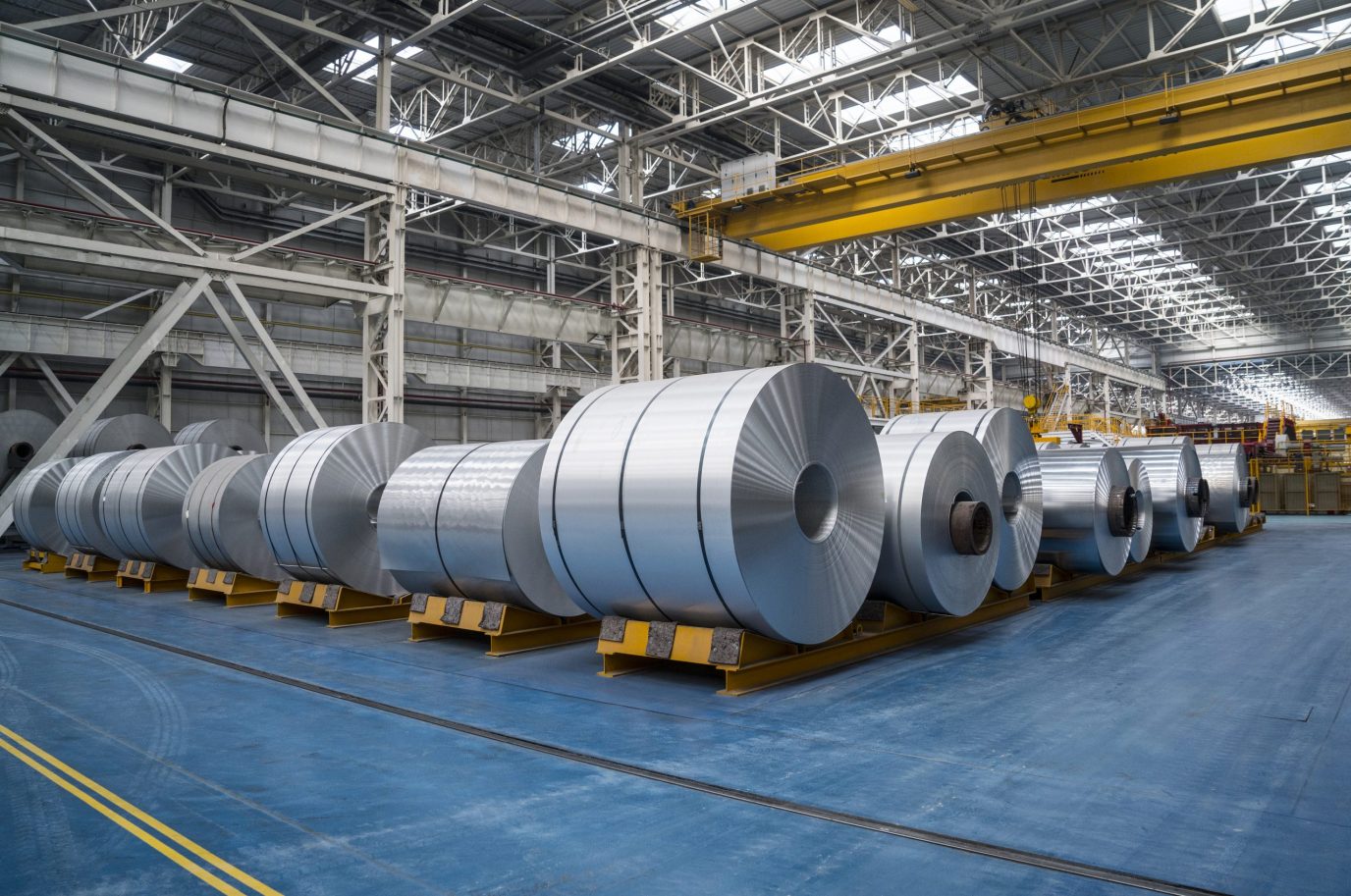
Top 5 Green Materials for Electronics
GERMANY / AGILITYPR.NEWS / October 21, 2020 / When going “green” with electronic products, the goal is to minimise energy use and have less of an environmental impact than traditional electronics. This could mean less energy used while mining materials and manufacturing the device, or it could mean that lifetime usage of the products made from these materials requires less energy. Here, Jordan Flagel, guest author at materials database Matmatch, explains which green materials are the most suitable in electronics.
E-waste is a growing problem, its dangers stemming from elements such as lead, cadmium, copper, beryllium, barium, and chromium entering the ecosystem through improperly discarded electronics. Many of these elements are used in circuit boards and electrical parts such as computer chips, touchscreens and wiring.
While it may be cheaper to use materials considered to be more toxic, many electronics producers are choosing to invest in greener materials.
Green materials come in many forms. They can range from degradable circuit boards and organic electronics to metals that are infinitely recyclable and reusable. Organic and inorganic materials can both be considered green, depending on the type of material and how it is implemented.
On the inorganic side, aluminium is considered a “green metal” due to its recyclability and incredibly long lifespan. Borosilicate glass and graphene are other examples of eco-friendly, non-biological materials used in electronics.
As for organic materials, silk is a great option due to its biodegradability, biocompatibility and wide range of potential uses. Resins, gums, saccharides, cellulose, gelatine and peptides, which are all biodegradable, are becoming more popular for use in applications such as sensors, signal transducers, transient, implantable and digestible electronics.
Besides being better for the planet, greener materials often perform just as well as their cheaper, non-green alternatives. If quality is equal, any company would be smart to market the greener materials used in its products. Consumers are becoming more conscious about how their purchases affect the environment and showing the environmental benefits of green materials will often lead to higher sales.
The favourable materials used in green electronics are aluminium, borosilicate glass, iron alloy, graphene and biomaterials.
Aluminium is known as the “green metal” and “the best eco metal” due to the fact it has a virtually infinite lifespan. It can be recycled repeatedly without losing any quality.
Each metric tonne of recycled aluminium saves 9t of CO2 emissions and prevents having to source new raw metal from the ground, which is an expensive and lengthy process. In contrast, a recycled aluminium can is able to be processed and returned to the shelf in as little as six weeks.
On top of its unparalleled recyclability, aluminium is lightweight with incredible strength. Practically, the average density of aluminium is between 2.6 to 2.8 g/cm³, yet tensile strength of pure aluminium is around 90 MPa, which can be increased to over 690 MPa in some alloys.
Strength is important for use in electronics, but its resistance to corrosion is arguably a more valuable trait. Pure aluminium also has an electrical conductivity of about 38 million S/m, while alloys can have a lower conductivity, but rarely as low as that of iron or steel.
Borosilicate Glass is made of the same four components as regular glass but in different percentages. Its strength, durability and resistance to temperature change result in less replacement and, therefore, less waste. Iron isn’t so much a “green” material as it is a “yellow” one, in the sense that it isn’t necessarily good or bad for the environment. The main reason for including iron alloys in this list is its recyclable properties. This is especially pertinent for electronics where recycling is crucial to avoid environmental degradation. Compared with other heavy metals, iron is the most environmentally friendly.
Graphene is one of the strongest materials on earth. It has several characteristics, including high electron mobility that is 100x faster than silicon, thermal conductivity twice that of diamond, electrical conductivity 13x better than copper and absorption of only 2.3 per cent of reflecting light.
Graphene can be used in a myriad of electronics applications from faster transistors and bendable phones to improved touch screens and advanced circuitry for computers. Given that it is made from one of the most abundant elements on earth, it is inherently environmentally-friendly.
The real issue comes from how it is produced: if it is made using solvents and chemicals, it loses its “green” status due to toxicity in its upstream production.
But if it is made using physical processes, with no related chemical discharge to the surrounding environment, then it can live up to its reputation as the wonder material that it has been dubbed.
As consumer demand continues to grow for more environmentally friendly products, and as the line continues to blur between electronic and organic, “green” materials will become even more prevalent in electronics production. Whether it’s in the form of wearable tech or more ecologically friendly products, we will likely see electronics that are continually better for the environment.
To find out more about green materials for electronics, visit Matmatch’s website.



Contacts
Ben Smye
ben.smye@matmatch.comLeopoldstraße 250A, 80807 München, Germany
Phone: +49 89 262075200
https://matmatch.comThomas Roden
thomas@stonejunction.co.ukStone Junction Ltd
Phone: +44 (0) 1785 225416
www.stonejunction.co.ukErin Softley
erin@stonejunction.co.ukStone Junction Ltd
Phone: +44 (0) 1785 225416
www.stonejunction.co.uk